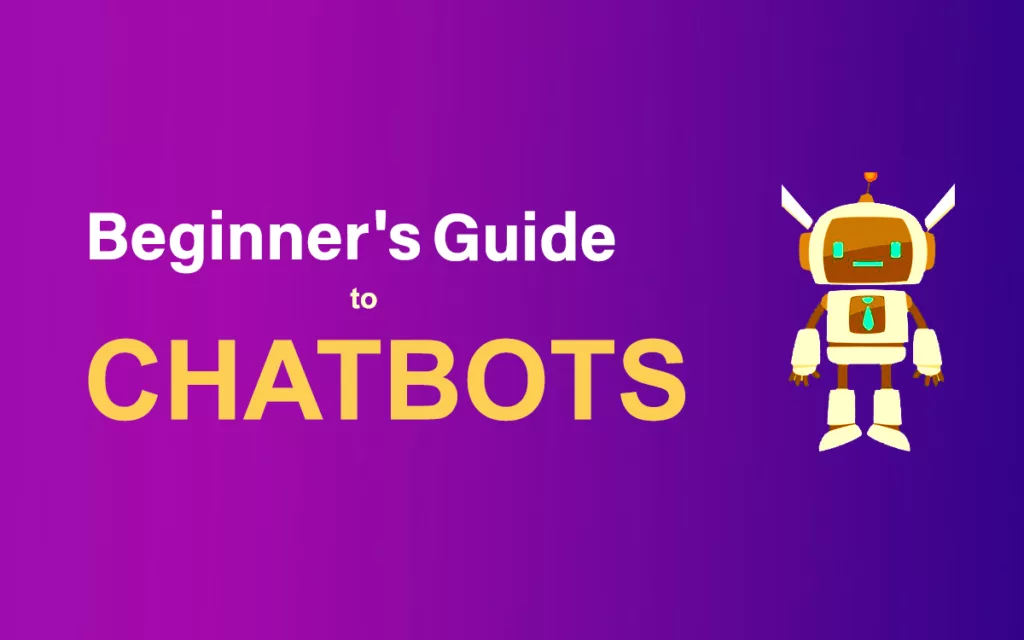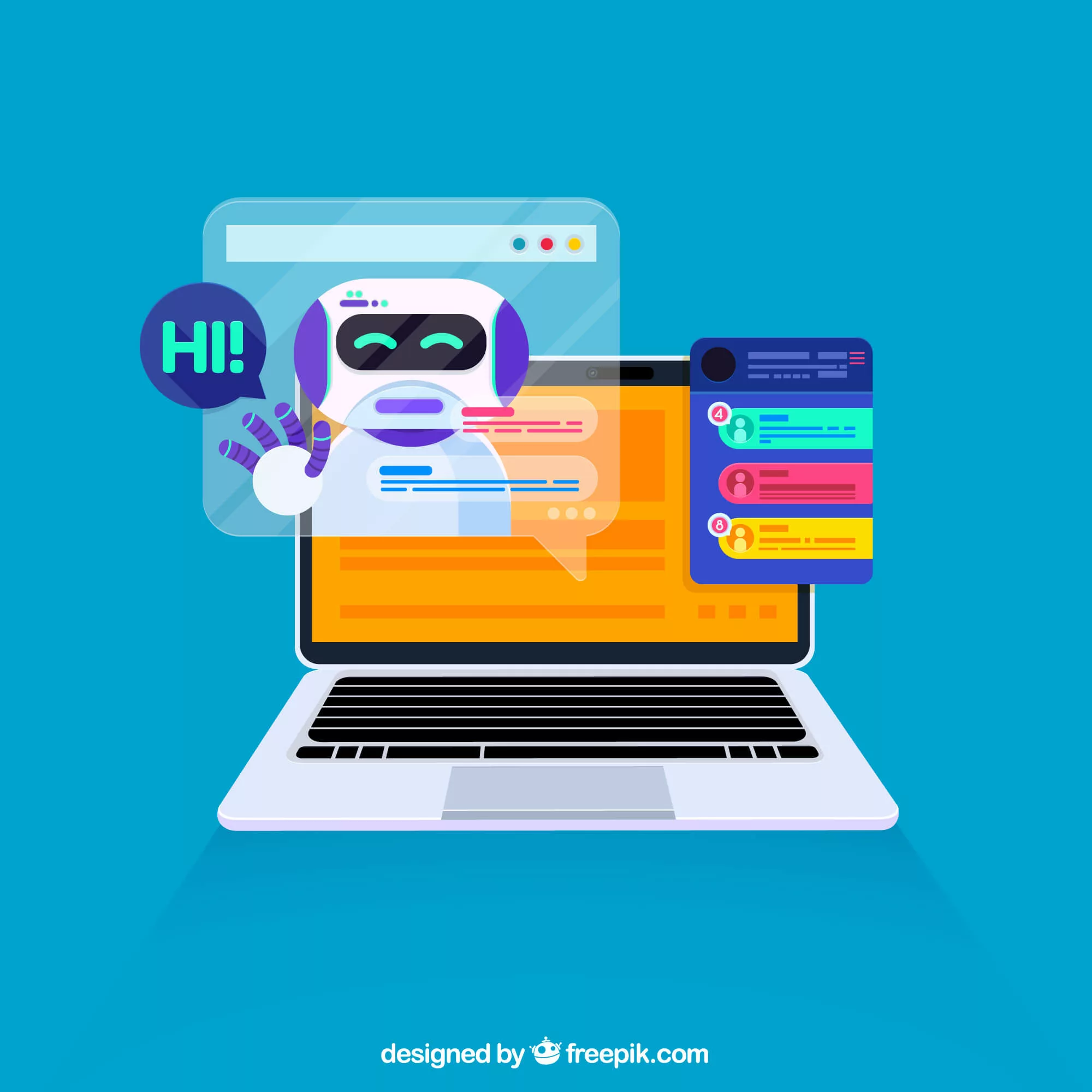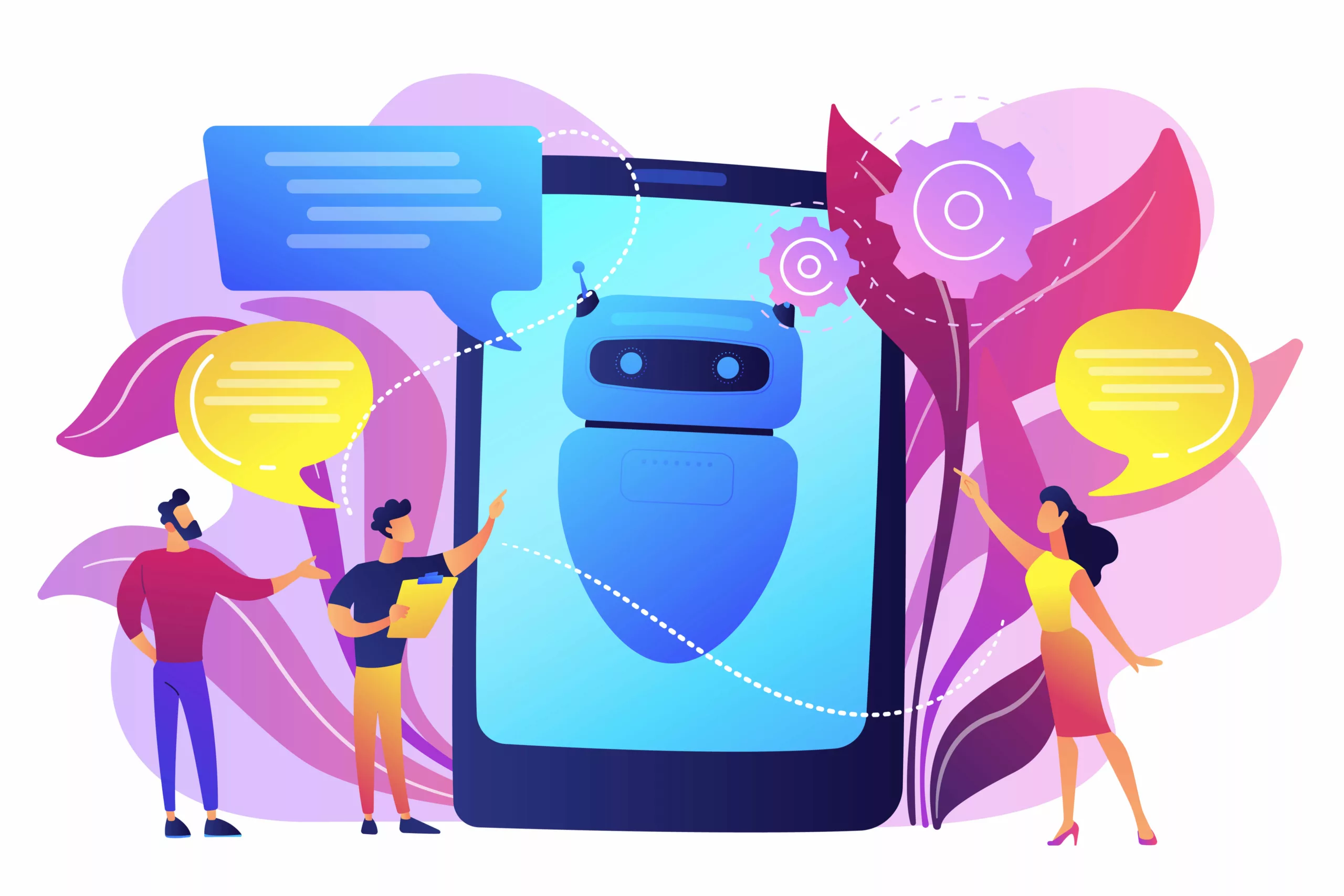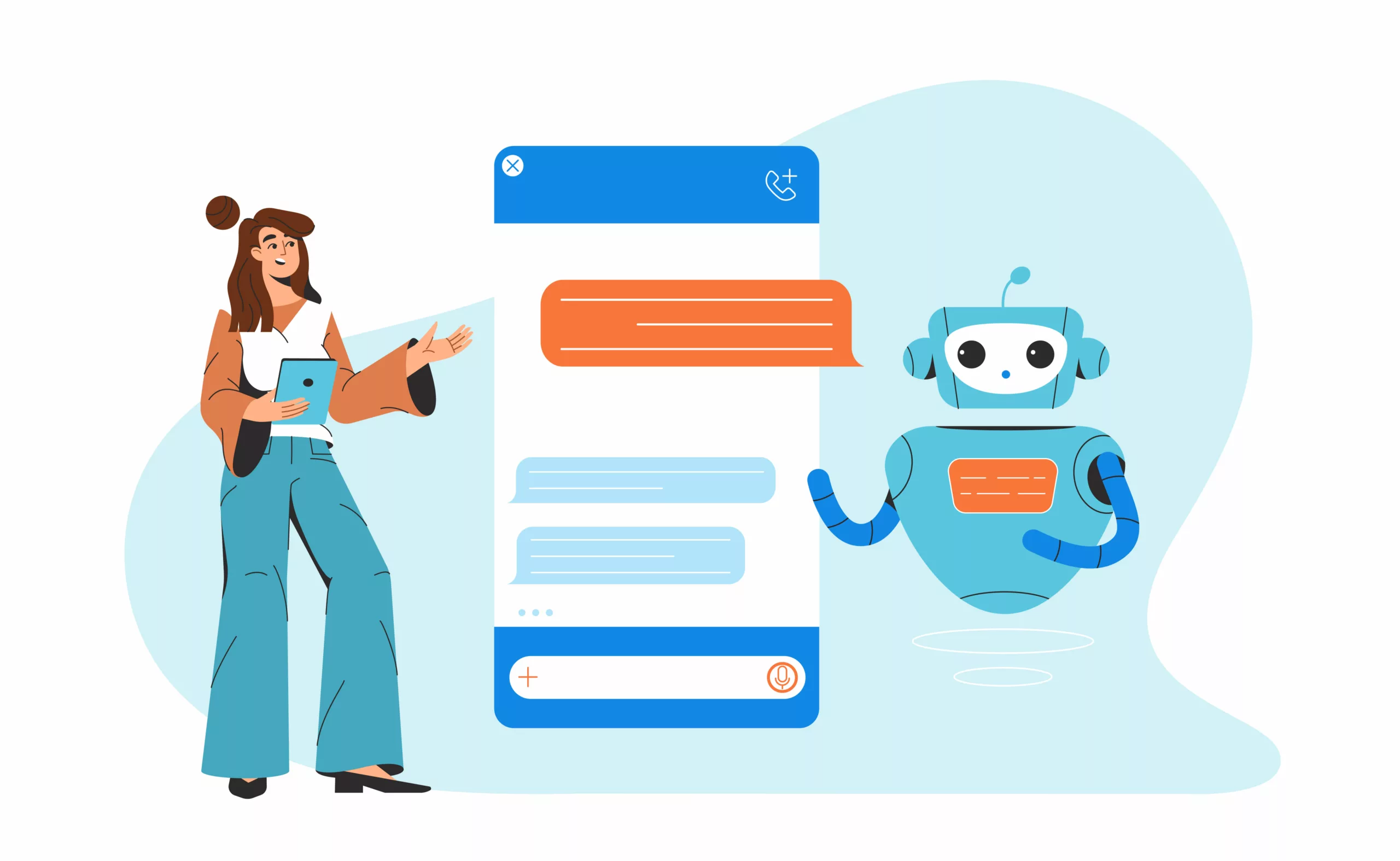Communication is one of the basic tenets of mankind, and the progress of our civilization depends a lot on it. Businesses rely on precise and accurate communication for various operations. However, it is not possible for a business to reach out to every communication need it comes across. So, the question “What are chatbots?” is gaining attention in recent times.
Many of the notable tech giants, such as Facebook, Microsoft, and Google, are presently working on developing their own bots. Therefore, it is reasonable to wonder about what chatbots are used for and how they are more than just the messaging applications they are assumed to be. The following discussion dives into a detailed explanation of chatbots and different crucial factors in their operations.
How do chatbots work?
One of the first things that we should start with is the chatbot definition. Chatbots are not a recent technological advancement. Basically, these are simulations that have capabilities for understanding human language, processing it, and then interacting with humans while addressing certain tasks.
The most common example of implementation is evident in their use to assist desk executives. With more and more chatbots coming into circulation, they are continuously evolving in terms of functionalities for conversation and technological fluency. So, bot conversations have slowly become normal, like common interactions with humans.
According to a report by Servion Global Solutions, AI will power 95% of all customer interactions by 2025, including live telephone and online conversations that will leave customers unable to ‘spot the bot’
Therefore, it is important to look beyond their scope to realize their true potential. Most importantly, a chatbot is not just a buzzword for businesses now; it is something that can bring a drastic change in business growth. If you’re still unaware of the term chatbot, this guide is for you. Keep reading to learn more.
How Chatbots Are Helping Businesses
The next notable pointer in a chatbot tutorial refers to their functionality. The basic function of a chatbot is to facilitate conversation, thereby allowing people access to information through a flexible messaging application. Presently, users could find the two most common types of chatbots, such as rule-based and AI-based chatbots.
- Rule-based chatbots are primarily designed for working as interactive FAQs. The programming of rule-based chatbots helps them recognize specific terms and patterns in queries and deciding the ideal response from pre-defined answers. Generally, this type is suitable for common troubleshooting concerns alongside basic customer support functions.
- AI-based chatbots take the game to the next level. Their benefits in capitalizing on the capabilities of artificial intelligence help with many functions. They comprehensively come with effective natural language and cognitive processing capabilities.
Therefore, AI chatbots extend beyond the solutions to their general usage. These bots basically have a brain of their own and could understand the requests along with related context, emotion, and intent. Most important of all, the benefits of chatbots with AI functionalities improve continuously as they learn from conversations with users.
Chatbots Examples to Have a Better Understanding
Among the many things that beginners need to know, the evolution of chatbots bears formidable significance. Therefore, it is important to reflect on various chatbot examples that have paved the foundation for present-day conversational bots. The first-ever chatbot was designed at MIT and was known as ELIZA. It was tailored for serving as a simulation of a psychotherapist.
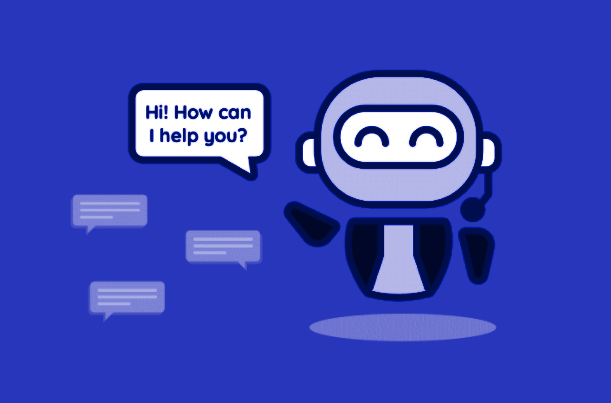
The subsequent examples of chatbots that made highlights include PARRY in 1972 and ALICE, or Artificial Linguistic Internet Computer Entity, in 1995. However, chatbot examples in the present times extend better interaction functionalities with voice assistants. The functionalities of Siri, Alexa, and Google Now are prominently responsible for gaining more and more attention from people.
Why are chatbots created?
With so many good examples of chatbots, it is important to take the tutorial towards ideal assumptions. The first case should reflect on rules for designing an effective rule-based chatbot. An effective rule-based chatbot would need a comprehensive input of potential patterns and responses. Sophisticated rule-based chatbots leverage a knowledge base for obtaining a list of possible responses and scoring them for finding the ideal choice.
On the other hand, the AI chatbots would require more in terms of design and a better knowledge of their functionality. The prominent challenges with designing AI-driven bots include the need for learning, dependence on certain teachings, and difficulty in teaching machines.
Final Words
As you can clearly notice, chatbots have the potential for transforming many conventional business operations. By serving the basic need of communication, they can signify new advancements across different business operations. In the long run, enterprises in different sectors have to move beyond bots.
On the other hand, new chatbot designs would depend considerably on an understanding of leveraging technical functionalities of chatbots innovatively. If you want to learn more about chatbots and how they can change the world of business, then you can find various sources and real-life examples for the same. Learn more to capitalize on an exceptionally exciting new trend in technology right now!
If you’re inspired to take your business to the next level with chatbots, there is good news for you!
You can book a free demo with us to make the right decision towards ultimate business growth!


